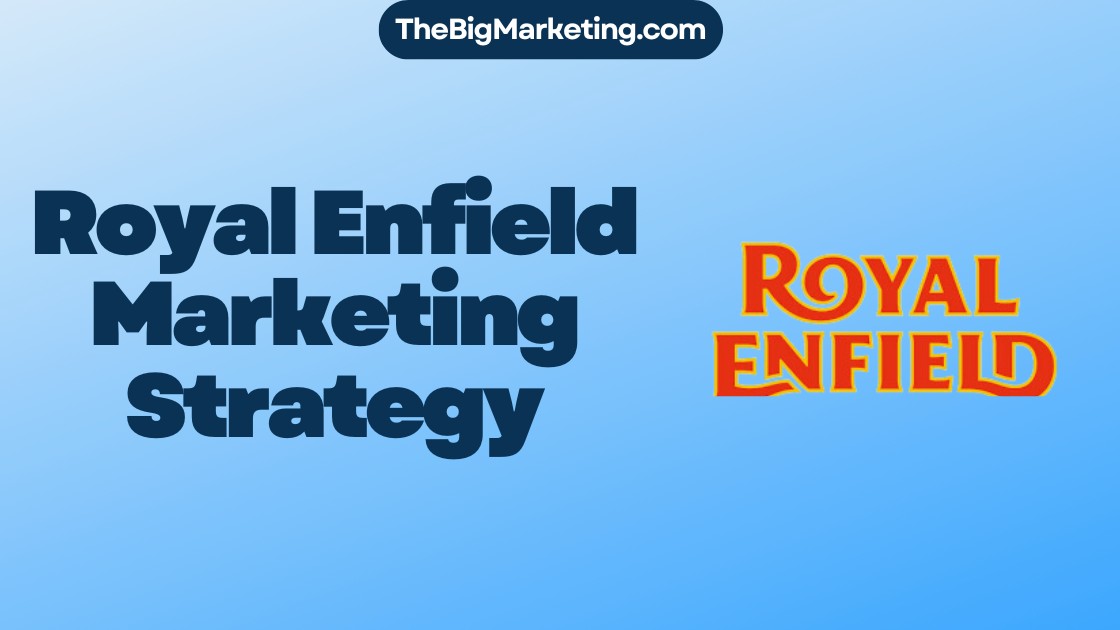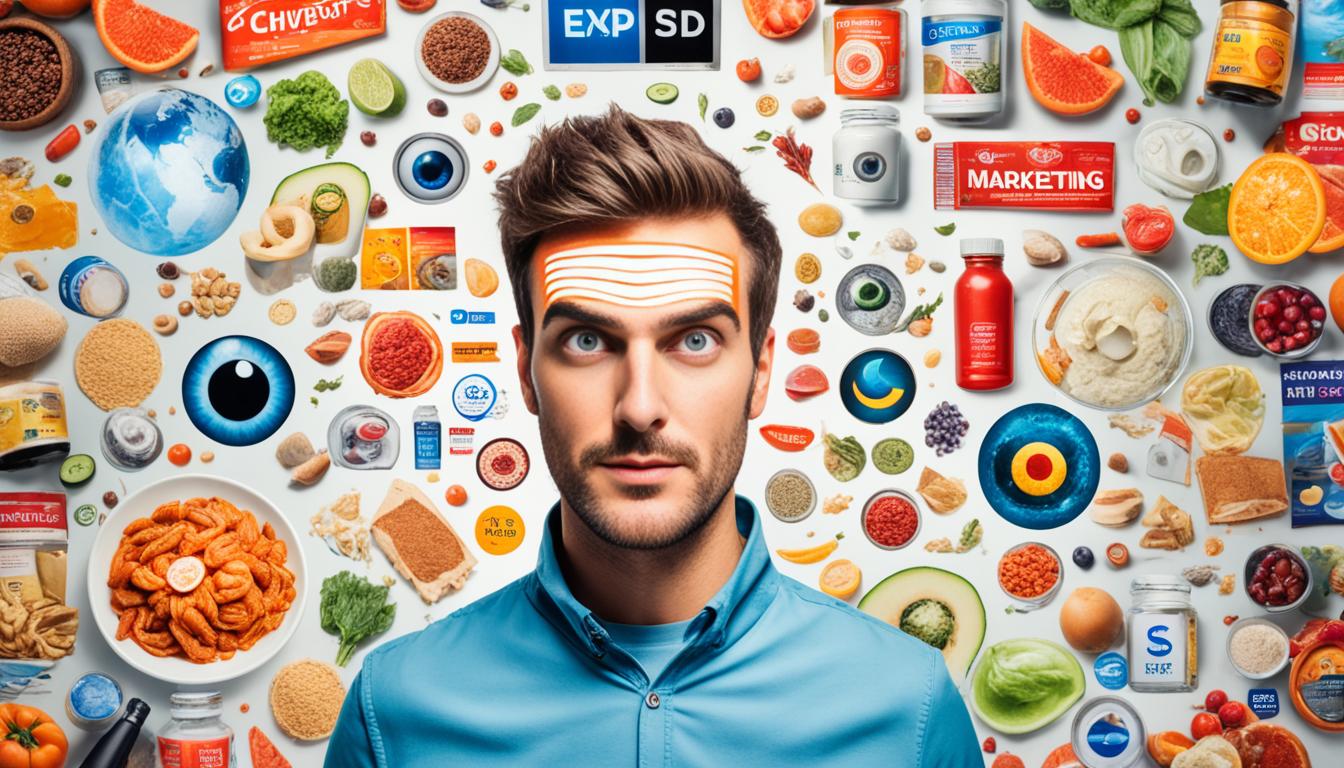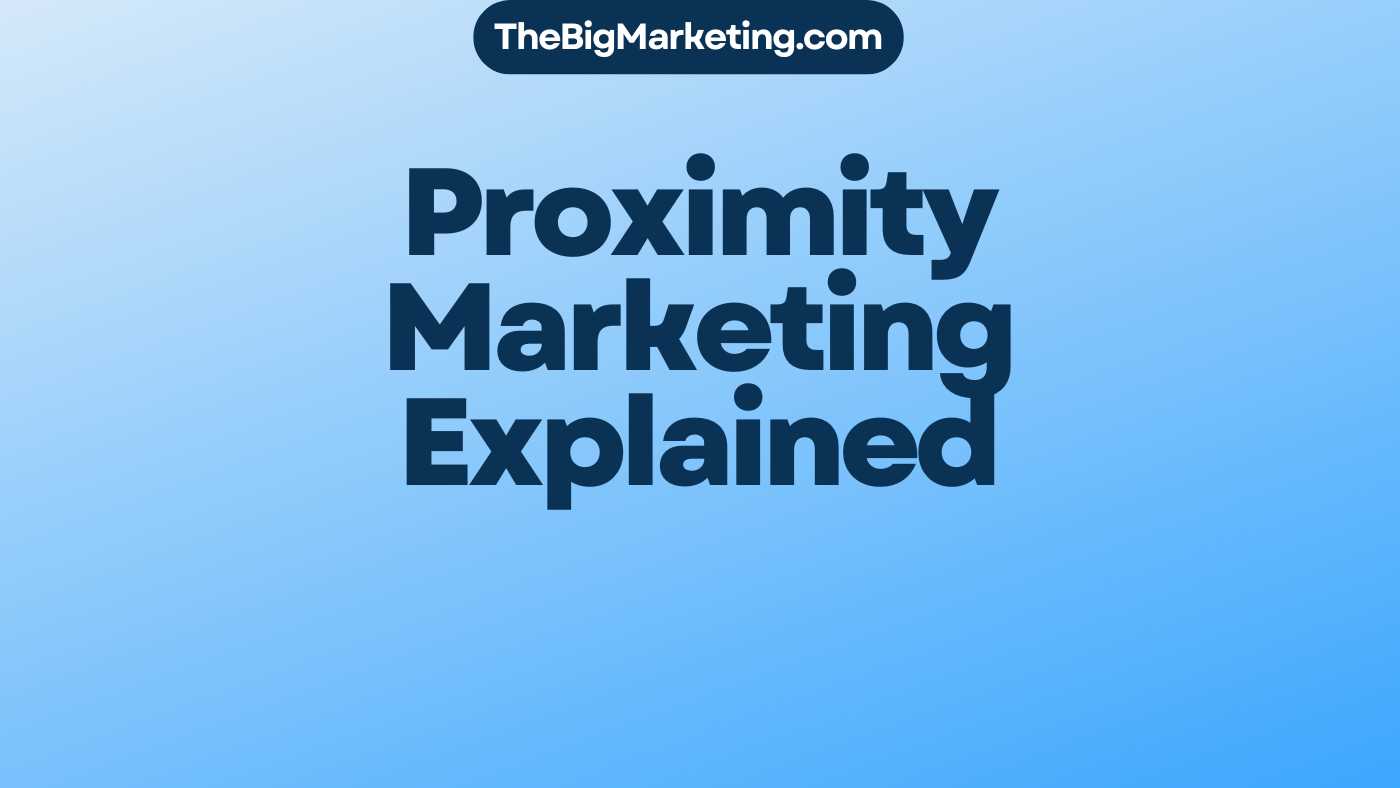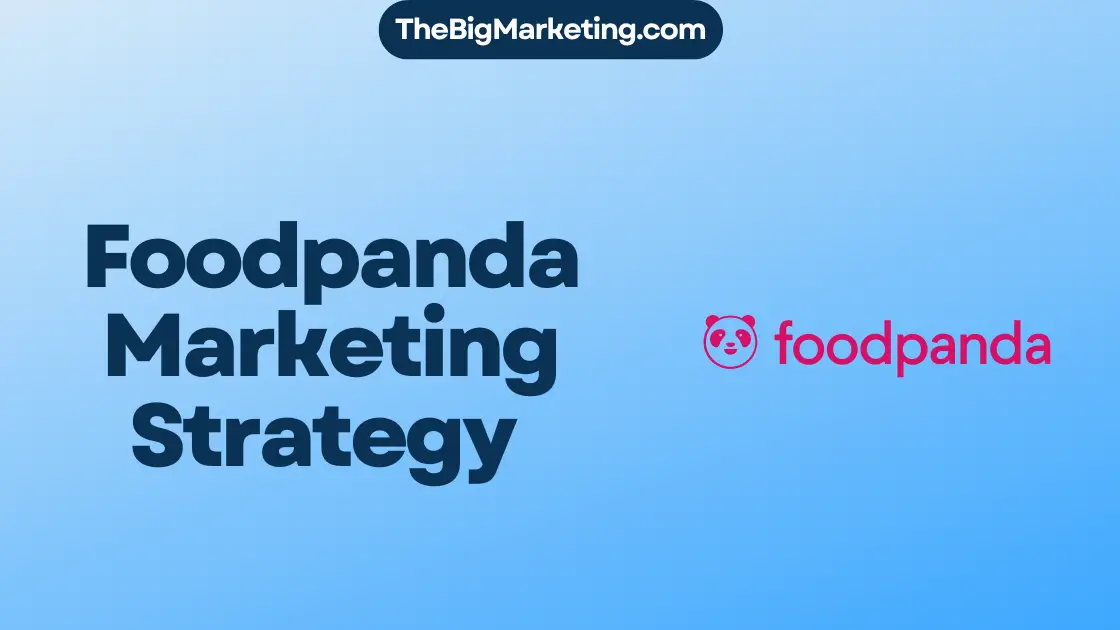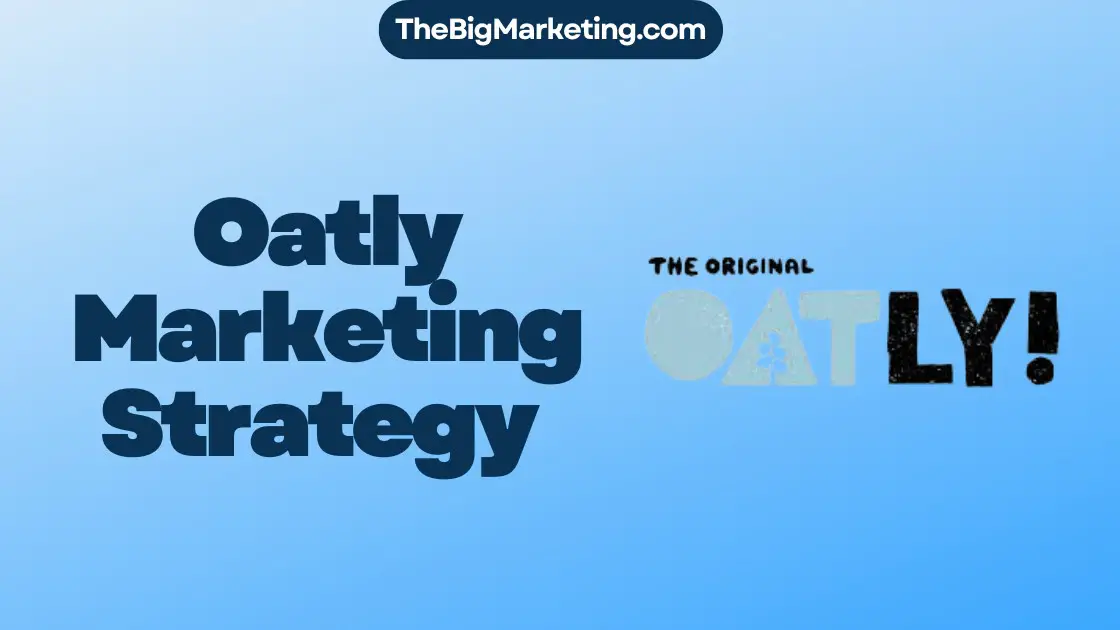Experiential marketing, also known as engagement marketing, creates real-world experiences. This lets people interact with a brand in person. A study shows that 77% of marketers use it as a key part of their ads. In this piece, we will look at what this marketing is and show examples. These examples show how it works well to engage and captivate audiences.
Key Takeaways:
- Experiential marketing creates real-world experiences for audiences to interact with a brand.
- 77% of marketers use experiential marketing as an essential part of their advertising strategy.
- Examples of successful campaigns highlight the effectiveness of experiential marketing in engaging and captivating audiences.
What is Experiential Marketing?
Experiential marketing, also called engagement marketing, invites audiences to interact with a business in real life. It’s more than just showing off products or services. Instead, it focuses on creating hands-on experiences. These let consumers see and feel what the company is about. Experiential marketing can center around events or not. It aims to foster brand and customer interactions.
By offering consumers memorable experiences, experiential marketing builds a deep connection with the brand. It lets people engage with the brand personally. This promotes loyalty and support. Through interactive events and immersive environments, consumers can learn about a brand. They can also take part in its story.
One main benefit of experiential marketing is its ability to forge emotional ties and make a lasting impression. Using tangible and sensory experiences, brands can stir emotions. They can connect strongly with their audiences. Whether it’s an interactive demo, a pop-up, or a branded event, experiential marketing offers a unique way to engage. Traditional marketing can’t do this.
Experiential marketing also helps with brand storytelling and positioning. It lets brands show their values, personality, and what makes them unique in an authentic way. Through this type of marketing, brands can tell their story, create unforgettable moments, and lead their industry.
Overall, experiential marketing is a powerful way for brands to stand out. It encourages direct interaction with their target market and creates lasting impressions. By giving consumers real, interactive experiences, brands can make a strong impact. This builds a solid base for loyalty and support.
The Role of Experiential Marketers
Experiential marketers are key in making and running live marketing events or campaigns. They act as brand ambassadors, event planners, and brand managers. Their job is to bring brands and their audiences closer. These pros use their skills to think up new campaigns, do market research, and create engaging events or campaigns. They also handle logistics, track how well campaigns do, and work with different teams to keep the brand’s message consistent.
Key Responsibilities:
- Developing Creative Strategies: Experiential marketers create strategies that match the brand’s goals and attract the target audience. They use their know-how to make campaigns that are memorable and make an impact.
- Market Research: By doing market research, experiential marketers learn what the audience likes and what they do. This info helps them make campaigns that really connect with people.
- Event Planning and Execution: They lead in planning and doing events, making sure everything goes smoothly. They manage logistics, work with vendors, and make sure every part of the event is handled well.
- Tracking Campaign Performance: These pros look at how well campaigns are doing by checking things like how engaged the audience is and what they think of the brand. This info helps them improve future campaigns.
- Cross-Functional Collaboration: Experiential marketers work with various teams in the company. This includes creative, marketing, and PR teams. Doing so ensures the brand’s message is clear and consistent across campaigns. This teamwork makes for a better overall brand experience.
Experiential marketers know a lot about what makes customers tick. They use this knowledge to create hands-on and unforgettable experiences. These experiences build strong links between brands and their audiences. Their smart planning, creative ideas, and ability to make a big impact are what make them so important in experiential marketing.
The Importance of Experiential Marketing Today
Experiential marketing is more important than ever in today’s ad world. It gives brands a special chance to connect deeply with their audience and get important data to improve their marketing efforts. By creating immersive experiences, they can catch the attention and loyalty of their target audience better than traditional marketing.
One big advantage of experiential marketing is it creates lasting bonds between people and brands. It gives people a hands-on experience that helps them understand and like the brand more. This not only builds a strong emotional connection but also encourages people to tell others about the brand, increasing its fame and recognition.
Also, experiential marketing lets brands learn a lot about their customers. Through interactive experiences, they can know what their customers like and do. This info helps make their marketing better, tailor their messages, and make ads that hit the mark more effectively.
Today, combining online and offline experiences is key. Experiential campaigns can use social media and the internet to make their real-world events reach further. By mixing online chatter with real events, brands can touch their audience in many ways. This approach makes experiential marketing even more powerful and keeps the audience engaged over time.
Experiential marketing can really pay off for brands. Memorable experiences can leave a lasting mark on consumers, making them more loyal and likely to stick with the brand. Plus, these experiences can create a buzz on social media, spread like wildfire, and attract more attention to the brand.
In conclusion, experiential marketing is a great tool for brands to connect with their customers and stand out. By building strong connections, getting known, learning valuable info, and using a combined approach, brands can create powerful campaigns that really speak to their audience and grow their business.
| Benefits of Experiential Marketing |
|---|
| Creates lasting connections with customers |
| Increases brand awareness and recognition |
| Collects valuable data for marketing strategies |
| Amplifies marketing efforts through an integrated approach |
| Provides a positive return on investment |
Best Experiential Marketing Examples
Experiential marketing campaigns connect with audiences in deep and engaging ways. Let’s look at some amazing examples of how this strategy works:
1. Warner Bros Pictures: Barbie Movie Selfie Generator
For the Barbie movie, Warner Bros Pictures launched an exciting campaign. They created a website where fans could see themselves as Barbie doll covers. This AI-powered feature let fans feel part of the Barbie movie magic. Plus, it sparked lots of buzz as people shared their unique Barbie versions online.
2. Red Bull: Stratos
Red Bull took experiential marketing to new heights with Stratos. Felix Baumgartner teamed up with Red Bull for a record-breaking skydive. He jumped from 128,000 feet, breaking world records and thrilling millions.
The whole event was live-streamed, drawing over 8 million viewers worldwide. This showed how suspense and personal adventure can truly capture an audience’s attention.
3. Refinery29: 29Rooms
Refinery29 hosts an event called 29Rooms each year. It features 29 unique rooms, each with its own theme and interactive elements. From art installations to music collaborations, there’s something new to discover in each room.
This immersive experience lets people connect with brands in a fun, creative way.
4. Lean Cuisine: #WeighThis
Lean Cuisine’s #WeighThis campaign took a new approach to discussing achievement. It invited women to share accomplishments that aren’t about weight. In Grand Central Station, a special gallery let women state their real achievements, moving past traditional weight focus.
This campaign struck a chord, celebrating personal successes over physical appearance. It drew wide attention, redefining how accomplishments are valued.
Warner Bros Pictures: Barbie Movie Selfie Generator
Warner Bros Pictures launched a creative campaign for its awaited Barbie film. They introduced the Barbie Movie Selfie Generator. This campaign aimed to link fans with the Barbie movie’s excitement via an interactive experience.
They used advanced generative AI technology to create a website. Here, users could turn into their Barbie doll version. By uploading a photo and using Barbie filters, users made a personalized Barbie movie cover with their image. This engaging activity let individuals dive into the Barbie universe and show their film excitement.
The Selfie Generator was not just fun but also promoted inclusivity and self-expression. Thanks to generative AI, Warner Bros gave fans a deep dive into the Barbie brand and the film.
The campaign also boosted sharing on social media. People could share their customized Barbie movie covers online. This sharing created buzz and anticipation for the movie through word-of-mouth.
Warner Bros used new tech and inclusive marketing cleverly to attract a broad audience for the Barbie movie. The Barbie Movie Selfie Generator campaign showed how experiential marketing can create unforgettable, interactive consumer experiences.
Red Bull: Stratos
Red Bull’s Stratos campaign was truly amazing. It showed how daring and different marketing can be. They aimed to break world records and did so by catching attention globally. They teamed up with famous skydiver Felix Baumgartner for the highest skydive ever.
From 128,000 feet above Earth, Baumgartner took an incredible leap. This showed Red Bull’s drive to challenge limits and embrace adventure. Their courage and passion for extreme sports shone brightly through this.
The Stratos campaign was unique because it was streamed online. Over 8 million people watched live as Baumgartner jumped from the edge of space. This allowed people from all over to join in the excitement together.
This campaign was a great example of engaging a huge audience with personal experiences and suspense. It showed Red Bull’s love for extreme sports. It also highlighted how they captivate people worldwide with their marketing techniques.
Refinery29: 29Rooms
Refinery29’s 29Rooms is an annual event held in different places across the US. It’s a must-see for those searching for a one-of-a-kind and eye-catching experience.
At 29Rooms, visitors can check out 29 unique rooms, each designed and themed differently. They offer immersive art installations and collaborations with artists and musicians, providing exciting new experiences in every room.
This event lets visitors dive into each brand’s world with hands-on interaction. It’s a way to connect with brands beyond ads, making lasting memories and connections.
The innovative approach to marketing by 29Rooms has made it a standout event. It turns brand spaces into immersive experiences, giving brands a creative way to showcase products and connect with their audience.
With fresh themes and installations each year, 29Rooms keeps enchanting visitors. It challenges the limits of what marketing events can achieve, always bringing something new to the table.
Highlights of Refinery29’s 29Rooms
| Room Name | Description |
|---|---|
| Artists’ Playground | An immersive space where artists from various disciplines collaborate to create a multisensory experience. |
| Dreamscape | A room filled with whimsical elements that transport attendees into a magical world. |
| Music Lab | A fusion of music and technology, showcasing interactive installations that allow attendees to create their own beats and melodies. |
| Fashion Wonderland | A fashion lover’s dream, featuring stunning displays, interactive fashion experiences, and collaborations with designers. |
| Wellness Oasis | A serene space that promotes self-care and mindfulness, offering various wellness activities and experiences. |
Lean Cuisine: #WeighThis
Lean Cuisine’s #WeighThis campaign changed brand messages. It shifted from focusing on weight loss to promoting empowerment. It asked women to share non-weight-related accomplishments. This was to change how society views worth and to boost confidence.
At the heart of the campaign was a gallery in Grand Central Station. Women penned down what they would rather be weighed by. They focused on their achievements, dreams, and growth. Through these stories, Lean Cuisine wanted to shift away from weight-focused stories to self-acceptance.
The #WeighThis campaign deeply touched those who took part. It showed the message that a woman’s value isn’t only by her weight. By celebrating achievements and pushing for recognition beyond looks, Lean Cuisine connected with its audience.
Lean Cuisine’s fresh approach to brand messaging put it in conversations about empowering women. By supporting self-acceptance and goals of women, Lean Cuisine stood as a brand caring about holistic well-being.
The #WeighThis campaign didn’t just improve Lean Cuisine’s brand. It also sparked dialogues for empowerment and questioning societal norms. Lean Cuisine showed its dedication to a broader, more inclusive story for women by celebrating their successes.
| Benefits of Lean Cuisine’s #WeighThis Campaign |
|---|
| 1. Shifting the focus away from weight-centric messaging |
| 2. Empowering women to embrace achievements beyond physical appearance |
| 3. Inspiring self-acceptance and redefining societal perceptions of worth |
| 4. Positioning Lean Cuisine as a brand that supports holistic well-being |
| 5. Sparking empowering conversations and challenging societal norms |
Voices of Empowerment
During the #WeighThis campaign, many inspiring stories were shared:
- A single mom who returned to college, graduated with honors, and worked full-time.
- A cancer survivor who created a support group for others.
- An entrepreneur who started a business from scratch and inspired other women.
- A volunteer who worked many hours to make her community better.
- A professional leader who broke barriers and became a role model.
The #WeighThis campaign encouraged women from all walks of life to share their stories. It highlighted that their value is more than a scale’s number. By sharing these empowering stories, Lean Cuisine inspired many and fostered a move towards body positivity and empowerment.
Lean Cuisine’s #WeighThis shows the influence of brand messaging on empowerment. By changing the conversation on weight and worth, Lean Cuisine committed to supporting women’s overall well-being.
Benefits of Experiential Marketing
Experiential marketing boosts brand recognition and loyalty. It turns customers into fans by offering unique experiences. This can make a brand stand out.
These experiences allow customers to truly get to know a product or service. This leads to more loyalty and recommendations. It’s a great way to increase visibility and engagement.
Increased Brand Awareness
At its core, experiential marketing is great for getting noticed. It uses immersive experiences that reflect a brand’s values. This grabs the target audience’s attention in a special way.
By forming a memorable bond, consumers are more likely to remember and choose the brand later. It makes a brand hard to forget for consumers.
Creation of a Loyal Customer Base
Experiential marketing builds a bond between consumers and brands. Memorable experiences make consumers want to come back. This helps create trust and loyalty.
Loyal customers mean repeat business and strong brand foundations. It’s key to a brand’s success.
Improved Engagement
Engagement is crucial, and experiential marketing nails it. It lets consumers actively engage with a brand. This approach deeply connects them to the brand’s products or services.
It turns a simple interaction into a meaningful experience. This leads to more customer engagement.
Potential for Viral Opportunities
Experiential marketing can create buzz-worthy moments. Happy customers tend to share their experiences. They use social media, word-of-mouth, and more to spread the word.
This organic sharing boosts visibility and attracts new customers. It’s an effective way to get noticed.
| Benefits of Experiential Marketing |
|---|
| Increased brand awareness |
| Creation of a loyal customer base |
| Improved engagement |
| Potential for viral opportunities |
Experiential Marketing Strategies
Brands have many options in experiential marketing. They can explore different methods, creating unique and engaging experiences. Let’s look at some popular strategies:
Event Marketing
Event marketing raises awareness and engagement. Brands host events like product launches and conferences. These provide direct interaction, letting customers experience the brand firsthand.
Guerrilla Marketing
Guerrilla marketing is non-traditional and surprising. It uses unexpected tactics like flash mobs and viral campaigns. The surprise and creativity make it memorable and shareable.
Pop-up Events
Pop-up events are temporary and immersive. They can be stores, installations, or exhibits. They create excitement and a sense of urgency.
Brand Activation
Brand activation builds a personalized connection. It uses installations, augmented reality, or storytelling. These create meaningful interactions and a stronger emotional connection.
Each strategy offers unique benefits. Marketers can select the best approach for impactful campaigns. Doing this, they leave a lasting impression.
Conclusion
Experiential marketing gives brands a strong way to connect with people. By creating experiences and using new tech, brands can make strong bonds with customers. They also stand out more.
This approach helps brands be remembered through exciting campaigns. Experiential marketing is crucial for brands that want to deeply impact their audience. It helps build brand awareness, makes loyal customers, and creates chances for going viral.
Brands can leave a lasting impression with unique, interactive experiences. This goes beyond what ads can do.
As consumers want more, experiential marketing helps brands be heard. It allows for deeper, real connections. This leads to brand loyalty and support.
